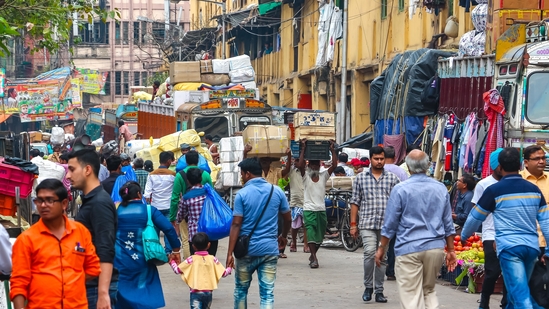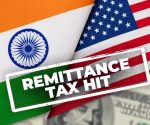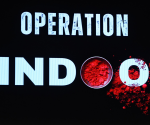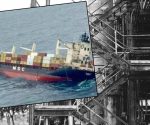Kalyana Karnataka’s alarming slide in SSLC results sparks concern over education crisis

The recently announced Secondary School Leaving Certificate (SSLC) Examination-1 results for the 2024–25 academic year have cast a grim shadow over Kalyana Karnataka, where districts like Kalaburagi and Yadgir continue to languish at the bottom of the rankings, sparking fresh concerns about the state of school education in the region.

Despite consistent investments into the region’s development, the SSLC outcomes reflect a deep and persistent crisis. Kalaburagi, regarded as the region’s administrative and political hub, posted the lowest pass rate of 42.43%, slipping to the last position among Karnataka’s districts. Yadgir, though slightly improved, stood at 33rd with a pass percentage of 51.6%.
“Kalaburagi’s 42.43% pass rate is especially worrying,” said Akash Shankar, additional commissioner of Kalaburagi division. “It is unfortunate that none of the Kalyana Karnataka districts are in the state’s top 10.”
In comparison, southern coastal districts such as Dakshina Kannada and Udupi continued their streak at the top, highlighting a widening regional disparity in education outcomes.
One of the most pressing issues behind the region’s declining performance is the severe shortage of teachers. A government report revealed that Karnataka has over 59,000 vacant teaching posts, with the Kalaburagi division alone facing a shortfall of over 21,000, including 17,274 in primary schools and 4,107 in high schools.
The scale of the problem was evident in Bidar’s Bemalakheda village, where a single teacher, Archana Soshetty, manages 44 students across classes 1 to 7 at the Government Girls Primary School. Soshetty underscored the difficulties in providing individual attention, calling for immediate recruitment of staff.
Akash Shankar confirmed that 5,267 teachers will be recruited across the region in the coming months. “The government is committed to filling these posts to improve the quality of education,” he said, adding that a lack of grace marks this year and the implementation of webcasting during exams had revealed the true extent of the crisis.
Even though districts such as Vijayanagara improved significantly — jumping from 27th to 19th with a 67.62% pass rate — most of Kalyana Karnataka remains stuck in the bottom ranks. Bidar moved up slightly to 31st place with a 53.22% pass rate, while Raichur and Koppal remained in the low 30s.
Comparatively, the region’s overall pass percentage has dropped by over 5% in a year. In 2023–24, the pass percentage was 58.55%. This year, it stands at just 53.44%.
Adding to the worry, 27 schools in Kalaburagi reported zero pass rates in the SSLC exams. These included government-run Kannada, Urdu, and Marathi medium schools as well as aided and unaided private institutions.
Activists and educators have raised alarm over the long-standing neglect of the region’s education system. Lakshman Dasti, founder of Kalyana Karnataka Horata Samiti, called for immediate political and administrative introspection. “Despite Kalyana Karnataka’s special status and development board, progress is lacking. Political leaders and stakeholders must act now,” he said.
He also stressed the urgency of filling teaching vacancies and holding educators accountable. “There is negligence from the education department. Teachers must be monitored regularly, and guest teachers should be hired until permanent positions are filled.”
The challenges go beyond staffing. Activists such as Kalamkar Hegde and Gurudas Amadalapada pointed to absenteeism, poor infrastructure, and a lack of basic facilities such as toilets and water as contributing factors.
Savitri, a resident of Bidar and postgraduate in English literature, shared concerns about inadequate sanitation. “Girls often leave school during lunch because there’s no water in toilets. Once they go home, they don’t return for the day. Who will address this?” she asked.
The state has announced a set of long-term educational initiatives to address the crisis. These include the establishment of 200 new Karnataka Public Schools from the 2025–26 academic year, funded through the Asian Development Bank and the region’s development board.
Further, the “Akshara Aavishkara” project has allocated ₹1,200 crore for infrastructure upgrades. Programmes like “Read Karnataka” and the “Math Learning Programme” aim to strengthen learning outcomes at the foundational level.
Plans are also underway to restructure the region’s administrative framework by adding new educational zones to the existing 34 block education offices for better monitoring.
Still, educators and citizens believe that without accountability and a shift in mindset, these reforms may fall short. “Compare our teachers with those in Udupi or Dakshina Kannada. There, education is treated as a mission. Here, many teachers come to school only twice or thrice a week,” said Kalamkar Hegde.















